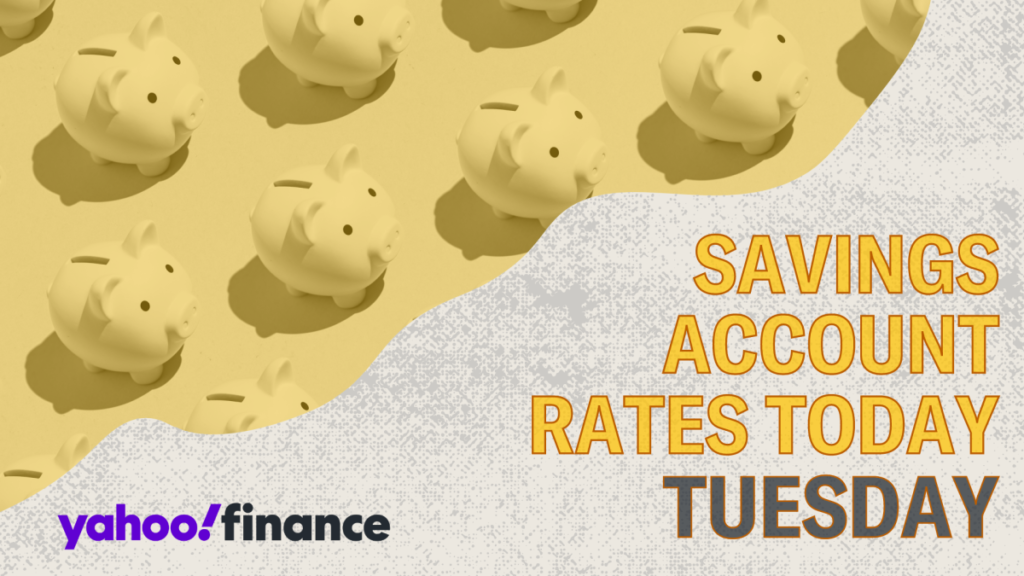In September 2023, the Federal Reserve lowered its target interest rate, a decision that affects high-yield savings account rates, which have been climbing and recently reached upwards of 5% APY. This recent reduction means that savers seeking the highest rates will need to actively research and compare various offerings to maximize their interest earnings. With average interest rates on traditional savings accounts sitting around 0.45%, the disparity between these standard accounts and high-yield savings accounts is significant. Customers can find much higher rates—ranging from 4.5% to 5% or more—primarily with online banks and credit unions. Currently, the highest rate available is 5.07% APY from Peak Bank, requiring a minimum opening deposit of $100.
Over the past decade, savings account interest rates have experienced substantial fluctuations. After the 2008 financial crisis, rates plunged, remaining at historic lows of around 0.06% to 0.10% from 2010 to 2015. This was a consequence of the Federal Reserve’s decision to maintain near-zero interest rates to stimulate economic growth. From 2015 to 2018, a gradual increase in rates began; however, they remained low compared to historical norms. The COVID-19 pandemic in 2020 prompted another sharp decline, with rates falling to new lows, approximately 0.05% to 0.06% by mid-2021. Following this, rates began to rise again as the Federal Reserve increased rates in response to escalating inflation. However, the September 2024 rate cut has instigated a downward trend in deposit interest rates once again, indicating an ongoing cycle in response to economic conditions.
Despite the recent uptick in rates, the average savings account rate is still relatively meager, particularly in contrast to potential returns from market investments. For those saving for long-term objectives, such as education or retirement, a traditional savings account may not generate sufficient returns for achieving those financial goals. Conversely, if one’s focus is on short-term objectives like an emergency fund or a vacation, a high-yield savings account presents a suitable option, particularly when easy access to funds is necessary.
In addition to high-yield savings accounts, other deposit options exist, including money market accounts and certificates of deposit (CDs), which might offer competitive or even superior rates. However, these alternatives may impose restrictions on withdrawals, making them less flexible than traditional and high-yield savings accounts. Therefore, it’s crucial for consumers to evaluate their financial situation and identify accounts that offer the best combination of favorable interest rates while maintaining low or no fees. Shopping around can lead to significant savings in terms of both account fees and the interest earned on savings.
While many banks now feature attractive rates in response to economic shifts, it remains essential for savers to continuously monitor the market to ensure they are receiving the most competitive offer available. The landscape of savings account interest rates could continue to evolve, influenced by factors like inflation and policy changes by the Federal Reserve. As a result, consumers should remain informed about shifts in interest rates and explore various options periodically to capitalize on higher yields.
In conclusion, navigating the world of savings account interest rates requires diligence and informed decision-making. With the recent rate cut by the Federal Reserve, savers must act quickly to lock in competitive rates before they decrease further. Understanding the distinction between traditional and high-yield savings accounts, as well as considering other deposit vehicles, will empower consumers to make wise financial choices that align with their short- and long-term savings goals. As interest rate trends persist in a cyclical pattern, staying proactive in searching for the best rates will be necessary for maximizing savings.

